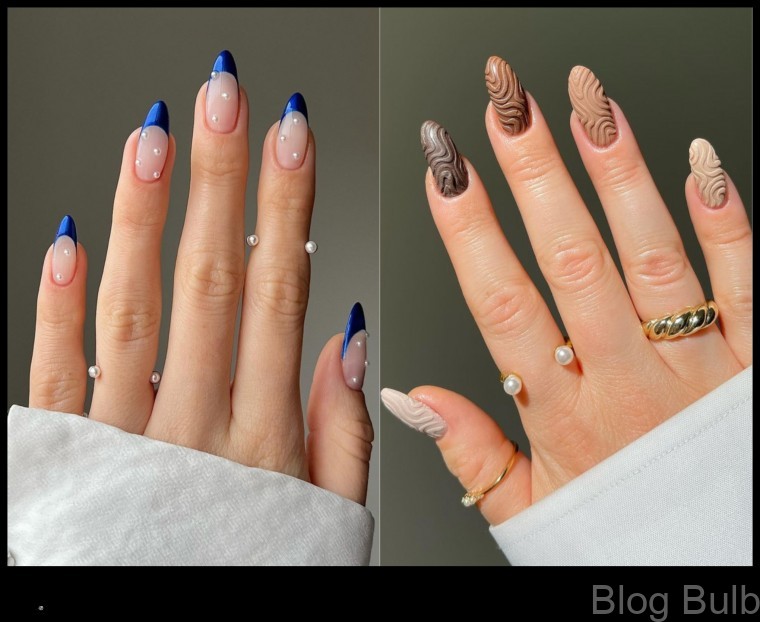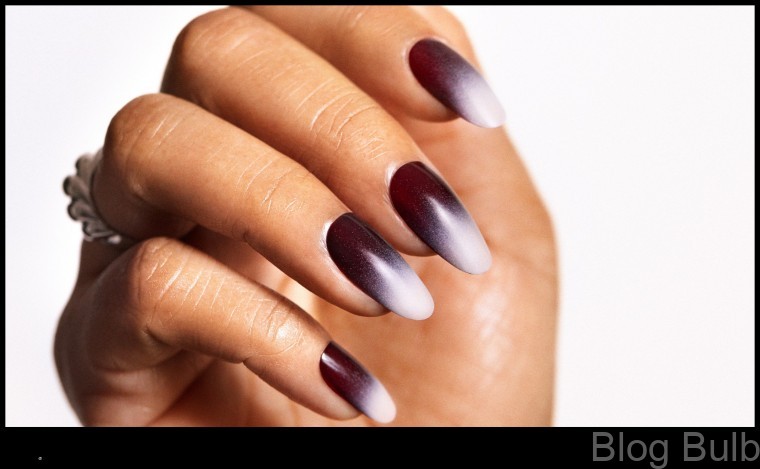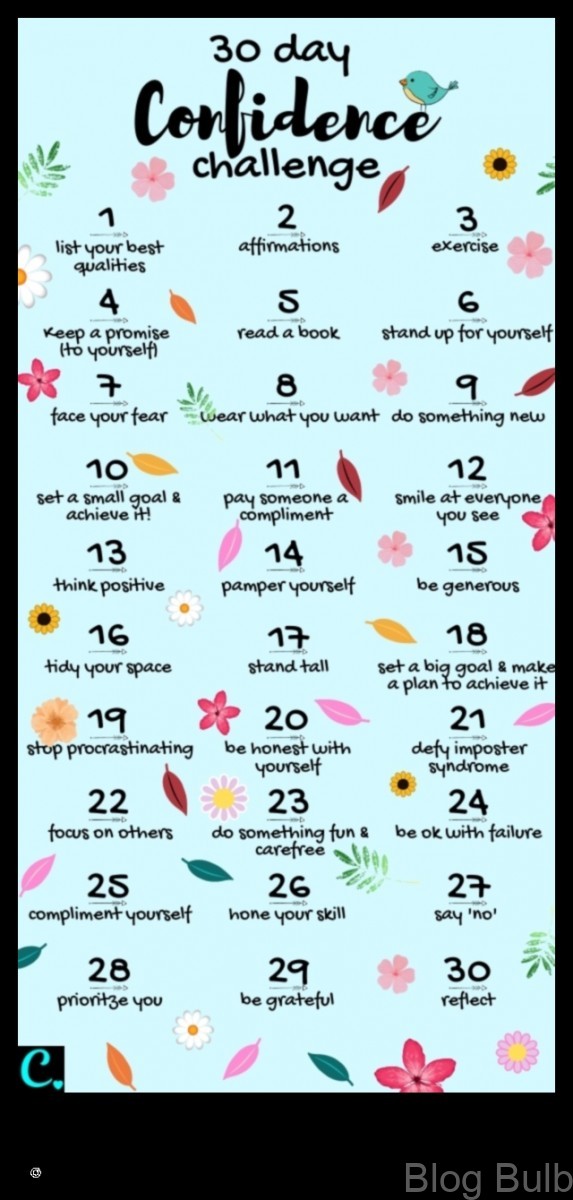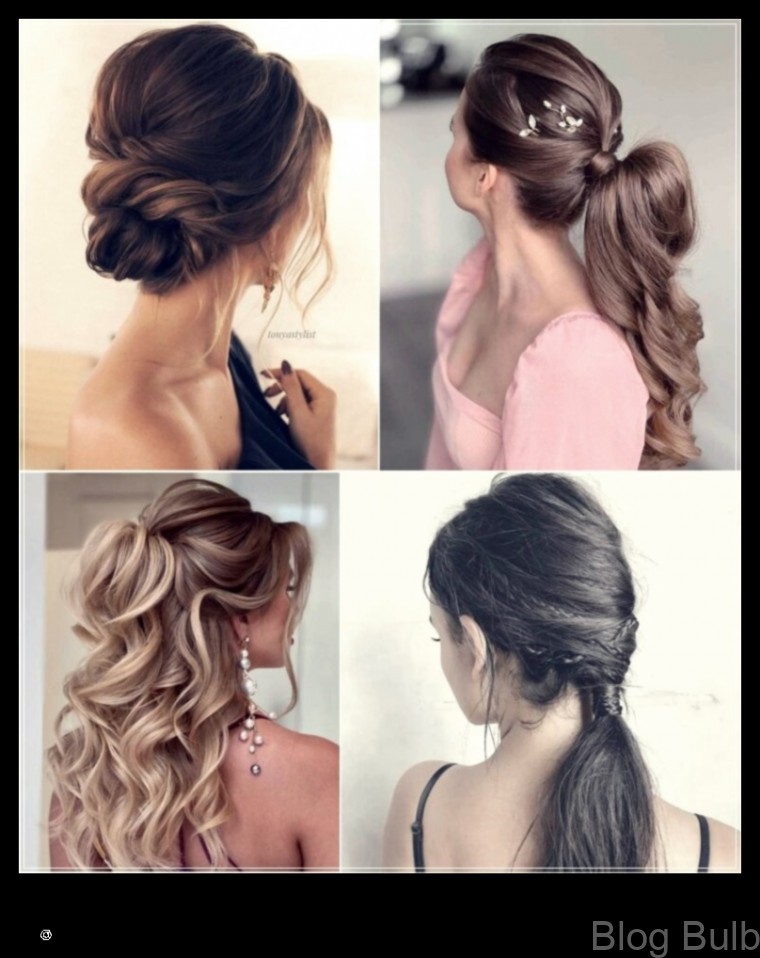
Table of Contents
From Classic to Creative: Nail Art for Every Taste
Nail art is a way to express yourself and your personality. It can be as simple or as elaborate as you want it to be, and there are endless possibilities when it comes to designs. Whether you’re looking for a classic look or something more creative, there’s a nail art style out there for you.

History of Nail Art
Nail art has been around for centuries. The earliest evidence of nail art dates back to 3000 BC, when Egyptian women used henna to decorate their nails. In ancient China, nail art was also popular, and women would use a variety of natural dyes to create intricate designs.
Nail art really took off in the 1920s, when women began experimenting with different colors and designs. In the 1950s, nail art became even more popular, thanks to the rise of Hollywood stars like Marilyn Monroe and Elizabeth Taylor, who were often seen sporting elaborate nail art designs.
Today, nail art is more popular than ever. There are endless tutorials and resources available online, making it easy for anyone to learn how to do nail art. Whether you’re a beginner or a seasoned pro, there’s a nail art style out there for you.
Types of Nail Art
There are many different types of nail art, from simple to complex. Some of the most popular types of nail art include:
- French manicure
- Ombre nails
- Glitter nails
- Animal print nails
- 3D nails
The possibilities are endless when it comes to nail art. You can create your own unique designs, or you can find inspiration from online tutorials and magazines.

Tools and Materials for Nail Art
To do nail art, you will need a few basic tools and materials. These include:
- Nail polish
- Nail polish remover
- Nail brush
- Nail file
- Cuticle clippers
- Nail art tools (such as dotting tools, brushes, and stickers)
You can find all of these supplies at your local drugstore or beauty supply store.
Steps for Doing Nail Art
Nail art is a relatively simple process, but it does require some patience and practice. Here are the basic steps involved in doing nail art:
- Start by preparing your nails by filing and shaping them.
- Apply a base coat to your nails.
- Apply two coats of your desired nail polish color.
- Add your nail art design.
- Seal your nail art with a top coat.
For more detailed instructions, you can find many tutorials online.
Tips for Creating Beautiful Nail Art
Here are a few tips for creating beautiful nail art:
- Start with a clean slate. Make sure your nails are clean and free of any dirt or oil.
- Use a good quality nail polish. A good quality nail polish will go a long way in helping your nail art look its best.
- Don’t be afraid to experiment. There are endless possibilities when it comes to nail art, so don’t be afraid to try new things.
- Have fun! Nail art is a great way to express yourself, so have fun with it and enjoy the process.
Mistakes to Avoid When Doing Nail Art
There are a few common mistakes that people make when doing nail art. Here are a few to avoid:
- Using too much polish. Applying too much nail polish can make your nails look bulky and cluttered.
- Not using a base coat. A
Feature Answer Nail art The art of decorating fingernails and toenails Nail design The process of creating a nail art design Nail polish A type of liquid or gel that is applied to the nails to create a protective coating and to add color Nail art inspiration Ideas for nail art designs Nail art tutorial Instructions on how to create a specific nail art design II. History of Nail Art
Nail art has been around for centuries, with the earliest evidence of it dating back to ancient Egypt. In Egypt, nail art was seen as a symbol of beauty and status, and women would often paint their nails with henna or other natural dyes.
Nail art continued to evolve over the centuries, and by the 1920s, it was becoming increasingly popular in Western culture. In the 1930s, nail polish was invented, and this made it even easier for people to create their own nail art designs.
In the 1950s and 1960s, nail art became even more popular, with the rise of the hippie movement. During this time, people began to experiment with different colors and styles of nail art, and it became a way to express oneself.
Today, nail art is more popular than ever, and there are endless possibilities for creating unique and stylish designs. Whether you’re looking for a classic French manicure or a more creative design, there’s a nail art style out there for everyone.
III. Types of Nail Art
There are many different types of nail art, each with its own unique style and flair. Some of the most popular types of nail art include:
- French manicure
- Ombre nails
- Glitter nails
- Animal print nails
- Matte nails
- Drip nails
- Negative space nails
- 3D nails
- Watercolor nails
Each type of nail art has its own unique set of materials and techniques. For example, French manicures typically use a white base coat and a pink or red tip, while ombre nails use two or more different shades of polish to create a gradient effect. Glitter nails, animal print nails, and matte nails are all relatively easy to achieve, while drip nails, negative space nails, 3D nails, and watercolor nails require more skill and patience.
No matter what your style, there is a type of nail art out there for you. Experiment with different colors, designs, and techniques until you find a look that you love.
IV. Tools and Materials for Nail Art
The tools and materials you need for nail art will vary depending on the type of design you are creating. However, some basic supplies that you will likely need include:
- Nail polish
- Nail art brushes
- Nail art stickers
- Nail art gems
- Nail art glitter
- Nail art tape
- Nail art dotting tools
- Nail art stencils
You can also find a variety of other tools and materials for nail art at your local beauty supply store or online.
V. Steps for Doing Nail ArtNail art can be a fun and creative way to express yourself. However, it can also be a bit tricky to get started. If you’re new to nail art, here are a few steps to help you get started:
- Choose a design. There are endless possibilities when it comes to nail art designs. You can choose from simple designs, such as stripes or dots, to more complex designs, such as flowers or animals.
- Gather your supplies. You will need a few basic supplies to get started with nail art, including nail polish, a nail art brush, and a topcoat. You may also want to invest in some other tools and materials, such as nail stickers, rhinestones, and glitter.
- Prepare your nails. Before you start painting your nails, you need to make sure that they are clean and dry. You can also use a nail file to buff your nails and remove any ridges.
- Apply a base coat. A base coat will help to protect your nails and prevent the nail polish from chipping.
- Paint your nails. Use a nail art brush to paint your nails with the desired color. You can also use a toothpick or other small tool to create more intricate designs.
- Add details. Once your nails are dry, you can add details to your design, such as rhinestones, glitter, or stickers.
- Apply a topcoat. A topcoat will help to seal your nail art and protect it from chipping.
- Enjoy your new nails!
With a little practice, you’ll be able to create beautiful nail art designs that will turn heads wherever you go.
I. Introduction
Nail art is a form of self-expression that can be used to enhance the appearance of your nails. It can also be used to create a unique and stylish look that reflects your personality. There are many different types of nail art designs, from simple and elegant to complex and creative. No matter what your style, there is a nail art design that is perfect for you.
II. History of Nail Art
Nail art has been around for centuries. The earliest evidence of nail art dates back to ancient Egypt, where women would paint their nails with henna. In the Middle Ages, nail art was used to show social status. In China, for example, only the upper class was allowed to wear long, painted nails.
In the 20th century, nail art became more popular with the rise of the fashion industry. In the 1920s, flappers began wearing short, brightly colored nails. In the 1960s, nail art became more experimental, with the use of glitter, rhinestones, and other embellishments.
Today, nail art is more popular than ever. There are endless possibilities for nail art designs, and there is a style to suit everyone.
VII. Mistakes to Avoid When Doing Nail Art
When doing nail art, it is important to avoid making common mistakes. These mistakes can ruin the look of your nails and make them difficult to fix. Here are some of the most common mistakes to avoid when doing nail art:
- Not prepping your nails properly.
- Using too much polish.
- Not using a base coat.
- Not using a top coat.
- Not letting your nails dry completely between steps.
- Rushing the process.
- Not using the right tools.
- Not cleaning up your nails properly.
By avoiding these common mistakes, you can help ensure that your nail art looks its best.
How to Keep Your Nail Art Looking Fresh
Nail art can be a beautiful way to express yourself, but it can also be a lot of work to keep it looking fresh. Here are a few tips for keeping your nail art looking its best:
- Start with a good base coat. This will help to protect your nails and keep the polish from chipping.
- Use a high-quality nail polish. This will help the polish to last longer and look more vibrant.
- Apply thin layers of polish. This will help to prevent the polish from becoming thick and clumpy.
- Let each layer of polish dry completely before applying the next one. This will help to prevent the polish from cracking or chipping.
- Use a top coat to seal the polish. This will help to protect the polish and keep it looking shiny.
- Avoid using your nails as tools. This can damage the polish and shorten the lifespan of your nail art.
- Keep your nails clean and moisturized. This will help to keep the polish from chipping and peeling.
By following these tips, you can help to keep your nail art looking fresh and beautiful for longer.
IX. Where to Find Inspiration for Nail Art Designs
There are many places where you can find inspiration for nail art designs. Here are a few of the best places to start:
- Online nail art galleries
- Social media (e.g., Instagram, Pinterest)
- Nail art magazines
- Nail art books
- Nail art tutorials
When looking for inspiration, it is important to keep in mind your own personal style and preferences. What kind of colors do you like? What kind of shapes and designs do you find appealing? Once you have a good idea of what you are looking for, you can start to narrow down your search.
Here are a few tips for finding inspiration for nail art designs:
- Don’t be afraid to experiment.
- Don’t be afraid to mix and match different styles.
- Have fun with it!
With a little bit of creativity and inspiration, you can create beautiful nail art designs that you will love.
FAQ
Q: What is nail art?
A: Nail art is the art of decorating fingernails and toenails. It can involve painting, drawing, or adding embellishments to the nails.Q: What are the different types of nail art?
A: There are many different types of nail art, including:- French manicure
- Ombre nails
- Glitter nails
- Animal print nails
- 3D nails
Q: How do I do nail art?
A: There are many different ways to do nail art. You can use a variety of tools and materials, including:- Nail polish
- Nail art pens
- Nail decals
- Nail gems
- Nail glitter

From Classic to Creative: Nail Art for Every Taste
Nail art is a form of self-expression that can be used to show off your personality and creativity. There are endless possibilities when it comes to nail art, from simple designs to more elaborate ones. Whether you’re looking for a classic look or something more creative, there’s a nail art style out there for everyone.
In this article, we’ll discuss the different types of nail art, the tools and materials you’ll need, and the steps involved in doing your own nail art. We’ll also provide tips on how to keep your nail art looking fresh and where to find inspiration for new designs.

Types of Nail Art
There are many different types of nail art, each with its own unique style and appeal. Some of the most popular types of nail art include:
- French manicure
- Ombre nails
- Glitter nails
- Matte nails
- Drip nails
- Animal print nails
- Geometric nails
- Negative space nails
- 3D nails
These are just a few of the many different types of nail art that you can choose from. The possibilities are endless, so feel free to experiment with different designs until you find one that you love.
Tools and Materials
To do your own nail art, you’ll need a few basic tools and materials. These include:
- Nail polish
- Nail polish remover
- Base coat
- Top coat
- Nail art brushes
- Nail art stickers
- Nail art gems
- Nail art glitter
You can also find a variety of other nail art tools and materials at your local beauty supply store or online.

Steps for Doing Nail Art
Once you have gathered your supplies, you can begin doing your own nail art. Here are the basic steps involved:
- Wash your hands and dry them thoroughly.
- Apply a base coat to your nails.
- Choose the colors of nail polish that you want to use.
- Paint your nails with the first color of nail polish.
- Wait for the first coat of nail polish to dry completely.
- Add additional coats of nail polish, if desired.
- Apply a top coat to your nails to seal in the color.
- Add nail art decorations, if desired.
- Allow your nail art to dry completely.
For more detailed instructions on how to do specific nail art designs, you can find a variety of tutorials online.
Tips for Doing Nail Art
Here are a few tips for doing your own nail art:
- Practice makes perfect! The more you do nail art, the better you’ll get at it.
- Start with simple designs and work your way up to more complex ones.
- Use a steady hand and be patient.
- Clean up any mistakes with a nail polish remover.
- Have fun! Nail art is a great way to express your creativity.
Mistakes to Avoid When Doing Nail Art
Here are a few mistakes to avoid when doing nail art:
- Don’t use too much nail polish. This can make your nails look messy and unprofessional.
- Don’t rush the process. Taking your time and doing each step carefully will help you create a better finished product.
- Don’t use cheap nail art supplies. This can lead to your nails looking damaged or unsightly.
- Don’t be afraid to experiment.
Feature Description Nail art The art of decorating fingernails and toenails. Nail design The process of creating a nail art design. Nail inspiration Ideas for nail art designs. Nail trends The latest trends in nail art. Nail art tutorial Instructions on how to create different nail art designs. II. History of Nail Art
Nail art has been around for centuries, with evidence of it dating back to ancient Egypt. In Egypt, nail art was used as a way to show social status and wealth. The wealthy would often have their nails painted with intricate designs, while the poor would have their nails left natural.
Nail art continued to be popular throughout history, with different cultures developing their own unique styles. In China, for example, nail art was often used to symbolize good luck and prosperity. In India, nail art was used as a way to express religious beliefs.
In the modern era, nail art has become increasingly popular. Today, there are endless possibilities for nail art designs, and it is a way for people to express their creativity and individuality.
III. Types of Nail Art
There are many different types of nail art, from simple and classic designs to more elaborate and creative ones. Some of the most popular types of nail art include:
- French manicure
- Ombre nails
- Glitter nails
- Nail art decals
- 3D nail art
Each type of nail art has its own unique look and feel, and can be customized to suit your individual style. Whether you’re looking for a simple way to add a touch of personality to your nails or you’re interested in creating a more elaborate nail art design, there’s sure to be a type of nail art that’s perfect for you.
IV. Tools and Materials for Nail Art
The following are some of the basic tools and materials you will need to get started with nail art:
- Nail polish
- Nail polish remover
- Base coat
- Top coat
- Nail art brushes
- Nail art stickers
- Nail art gems
- Nail art glitter
- Nail art tape
- Nail art stencils
You can also find a variety of other tools and materials for nail art at your local beauty supply store or online.
V. Steps for Doing Nail Art
Here are the steps for doing nail art:
- Prep your nails by removing any old nail polish and pushing back your cuticles.
- Apply a base coat to protect your nails from the polish.
- Choose your nail art design and apply the polish accordingly.
- Seal your nail art with a top coat to protect it from chipping.
VI. Tips for Doing Nail Art
Here are some tips for doing nail art:
- Start with clean, dry nails.
- Use a base coat to protect your nails and help the nail art stay on longer.
- Choose the right colors and tools for the look you want to create.
- Apply the nail art carefully and precisely.
- Seal the nail art with a top coat to protect it from chipping and wear.
For more detailed tips on doing nail art, you can check out the following resources:
VII. Mistakes to Avoid When Doing Nail Art
Here are some common mistakes to avoid when doing nail art:
- Not prepping your nails properly.
- Using the wrong tools and materials.
- Not following the directions on your nail art kit.
- Applying too much polish or sealant.
- Not cleaning up your nails properly.
By avoiding these mistakes, you can help ensure that your nail art looks its best.
How to Keep Your Nail Art Looking Fresh
Nail art is a great way to express your personality and style, but it can also be a lot of work to keep it looking fresh. Here are a few tips for keeping your nail art looking its best for longer:
- Use a good base coat and top coat. A good base coat will help to protect your nails from the polish and a top coat will help to seal in the color and prevent it from chipping.
- Be careful when applying nail polish. Avoid applying too much polish, as this can make it more likely to chip. Also, be sure to apply polish in thin layers, letting each layer dry completely before applying the next.
- Avoid using harsh chemicals on your nails. Harsh chemicals, such as nail polish remover, can damage your nails and make your nail art less likely to last.
- Keep your nails clean and dry. Dirty nails can make your nail art look unsightly and can also make it more likely to chip.
- Reapply your nail art as needed. If your nail art starts to chip or fade, reapply it as soon as possible to keep it looking its best.
By following these tips, you can help to keep your nail art looking fresh and stylish for longer.
IX. Where to Find Inspiration for Nail ArtThere are many places to find inspiration for nail art, including:
- Online nail art galleries
- Social media (e.g., Instagram, Pinterest)
- Nail art magazines
- Nail art books
- Nail art tutorials
When looking for inspiration, it is important to consider your personal style and preferences. What colors do you like? What shapes and designs do you find appealing? Once you have a good idea of what you are looking for, you can start browsing through different sources of inspiration to find nail art that you love.
Here are a few tips for finding inspiration for nail art:
- Don’t be afraid to experiment with different colors, shapes, and designs.
- Don’t be afraid to mix and match different styles of nail art.
- Don’t be afraid to take inspiration from other things, such as fashion, art, or nature.
- Have fun!
With a little bit of inspiration, you can create beautiful nail art that is sure to turn heads.
X. FAQ about Nail ArtQ: What is nail art?
A: Nail art is the decoration of the fingernails and toenails. It can involve painting, stamping, or other techniques to create a variety of designs.
Q: What are the different types of nail art?
A: There are many different types of nail art, from simple designs to elaborate ones. Some of the most popular types of nail art include:
* French manicure
* Ombre nails
* Acrylic nails
* Gel nails
* Swarovski crystals
* Nail stickers
* Water decals
* 3D nail artQ: How do I do nail art?
A: There are many different ways to do nail art. Some of the most popular methods include:
* Using nail polish
* Using nail stickers
* Using nail decals
* Using water decals
* Using 3D nail art
* Using acrylic nails
* Using gel nailsQ: What are the best tools and materials for nail art?
A: The best tools and materials for nail art will vary depending on the type of nail art you are doing. However, some of the most essential tools and materials include:
* Nail polish
* Nail polish remover
* Nail file
* Cuticle clippers
* Nail brush
* Nail glue
* Acrylic powder
* Acrylic liquid
* Gel polish
* Gel lampQ: What are the best tips for doing nail art?
A: There are many different tips for doing nail art. Some of the most important tips include:
* Practice makes perfect! The more you practice, the better your nail art will look.
* Start with a clean and dry nail.
* Use a base coat to protect your nails.
* Apply the nail polish in thin layers.
* Let each layer dry completely before applying the next one.
* Use a top coat to seal the nail polish.Q: What are some mistakes to avoid when doing nail art?
A: There are many mistakes that can be made when doing nail art. Some of the most common mistakes include:
* Applying too much nail polish.
* Applying the nail polish too thickly.
* Not letting each layer dry completely before applying the next one.
* Using a top coat that is too thick or sticky.
* Not taking care of your nails after you have done your nail art.Q: How do I keep my nail art looking fresh?
A: There are a few things you can do to keep your nail art looking fresh:
* Avoid washing your hands too often.
* Use a gentle nail polish remover.
* Avoid using harsh chemicals on your nails.
* Keep your nails trimmed and filed.
* Apply a top coat to protect your nail art.Q: Where can I find inspiration for nail art?
There are many places where you can find inspiration for nail art. Some of the best places to look include:
* Pinterest
* Instagram
* YouTube
* Nail art magazines
* Nail art books
* Nail art websitesMaybe You Like Them Too
- How to Detangle Curly Hair Without Damaging It
- Sole Mates A Guide to Finding the Perfect Shoes for Every Outfit
- Beauty Beyond Borders When Fashion and Makeup Collide
- 50 Chic Wedding Hairstyles for the Modern Bridesmaid
- The Best Shampoos for Hair Extensions A Guide to Keeping Your Extensions Healthy



